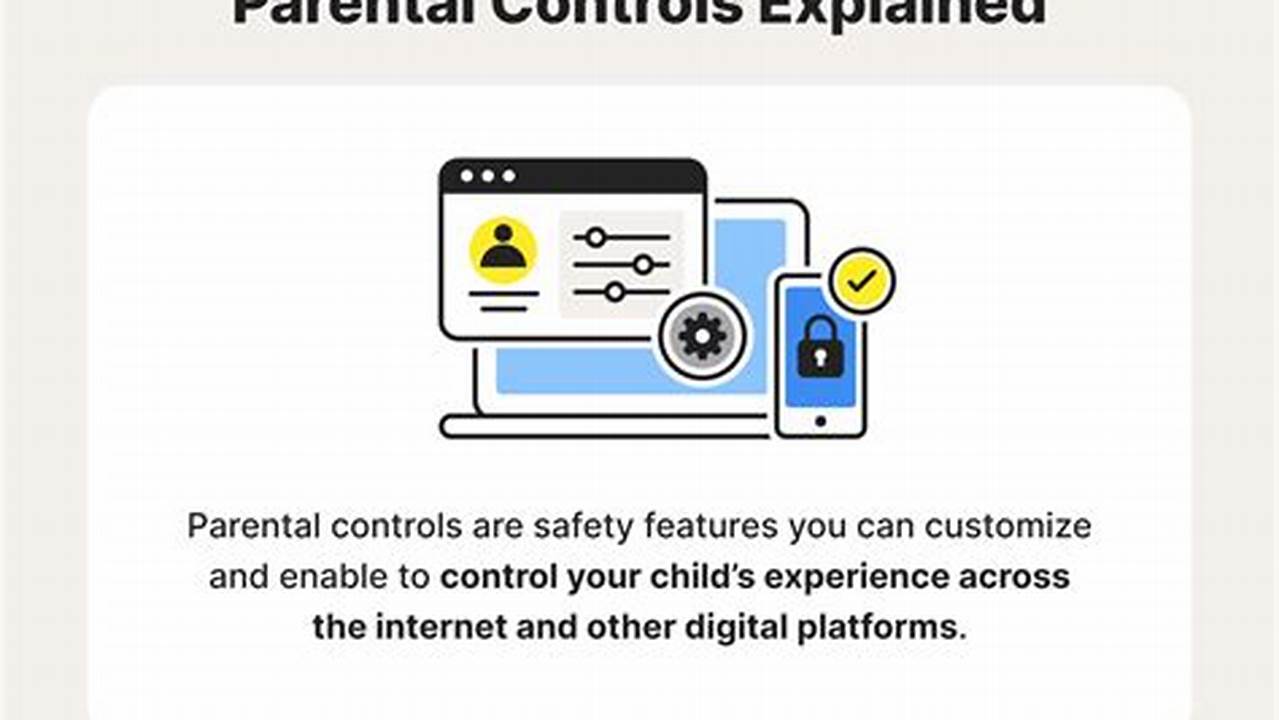Managing children’s online experiences is a critical aspect of modern parenting. Balancing access to valuable online resources with protection from inappropriate content and excessive screen time requires effective tools and strategies. Streamlined parental control solutions offer a path to achieving this balance, fostering a positive and safe digital environment within the home.
Simplified Setup and Management
Intuitive interfaces and clear instructions make implementing and adjusting controls straightforward, even for less tech-savvy individuals.
Content Filtering and Blocking
Robust filtering mechanisms allow parents to restrict access to websites and apps with age-inappropriate content, promoting a safer online experience.
Screen Time Management
Features like scheduling and time limits help regulate children’s screen time, encouraging healthy digital habits and a balanced lifestyle.
Application Control
Parents can control which apps children can access and use, preventing exposure to potentially harmful or distracting applications.
Device Monitoring
Tracking children’s online activity provides insights into their digital engagement, allowing for informed discussions and guidance.
Location Tracking (where applicable)
GPS-based features offer peace of mind by allowing parents to know their children’s whereabouts, particularly relevant for mobile devices.
Communication Monitoring
Some solutions allow oversight of children’s online communications, helping to identify potential cyberbullying or other online safety concerns.
Reporting and Analytics
Detailed reports on children’s online activities offer valuable insights into their digital habits and potential areas of concern.
Customization Options
Flexible settings allow parents to tailor controls to each child’s age, maturity level, and individual needs.
Enhanced Family Communication
Implementing these controls can spark open conversations about online safety and responsible digital citizenship within the family.
Tips for Effective Implementation
Open Communication: Discuss online safety and the reasons for implementing controls with children to foster understanding and cooperation.
Age-Appropriate Settings: Adjust controls based on each child’s age and maturity level, ensuring a balance between safety and autonomy.
Regular Review and Adjustment: Periodically review and update settings to adapt to changing needs and online trends.
Combine with Offline Strategies: Complement digital controls with offline parenting strategies to promote a holistic approach to child safety and well-being.
Frequently Asked Questions
How do I choose the right parental control solution?
Consider factors such as device compatibility, features offered, ease of use, and cost when selecting a solution.
Are parental controls foolproof?
While no solution is entirely foolproof, they significantly reduce risks and provide valuable layers of protection.
Can children bypass parental controls?
Tech-savvy children may attempt to bypass controls. Regular monitoring and open communication can help mitigate this risk.
What if I need technical support?
Most providers offer customer support resources such as FAQs, tutorials, and contact information for technical assistance.
How often should I review and update settings?
Regular reviews, at least every few months or as children’s digital engagement evolves, are recommended.
Do parental controls invade children’s privacy?
Framing controls as safety measures rather than invasions of privacy can help foster a positive understanding with children.
Creating a safe and nurturing online environment for children is paramount in today’s digital age. Utilizing available tools and strategies empowers parents to guide their children’s digital experiences responsibly, fostering healthy habits and promoting online well-being within a supportive family framework.


